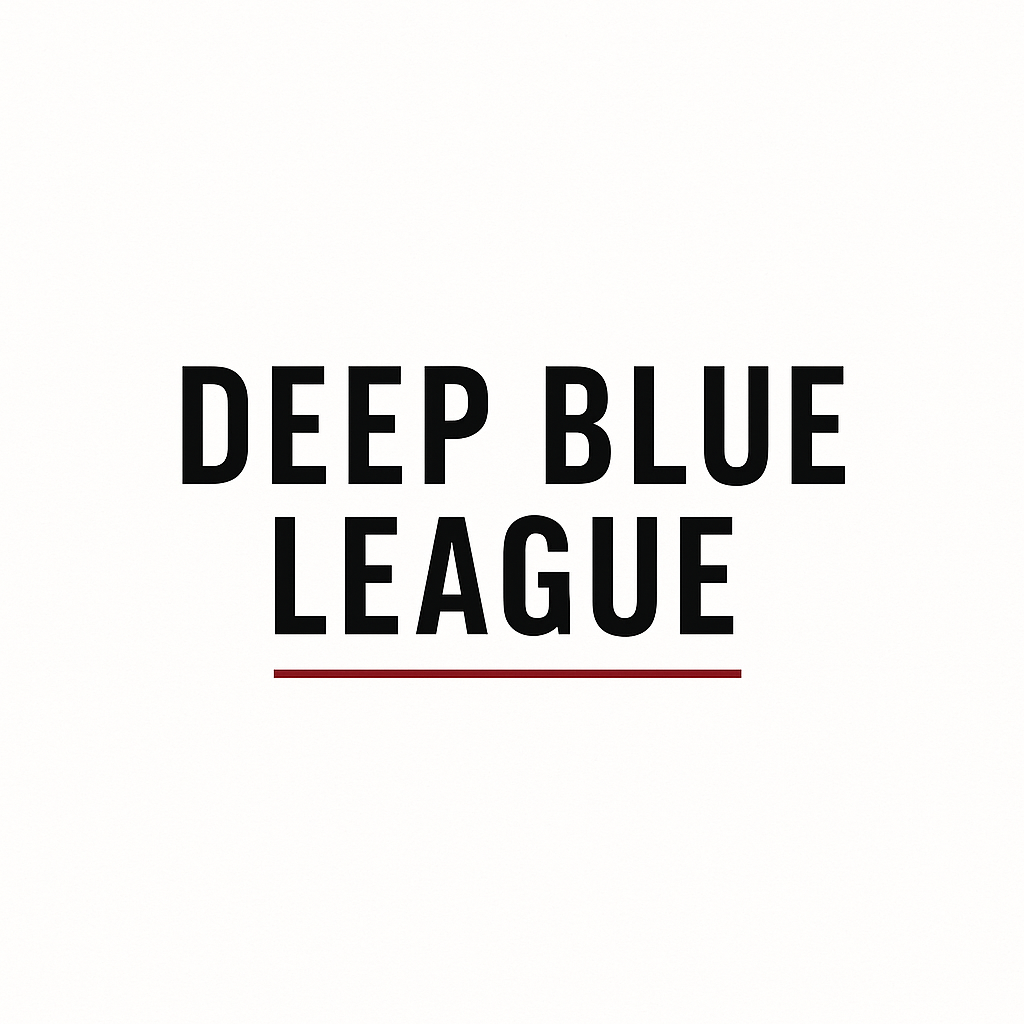Chinese study creates risk management tool for deep sea mining stakeholders
Knowing how the barriers to deep sea mining rank could be useful whether you're for or against the activity. A group of scientists has done the maths.
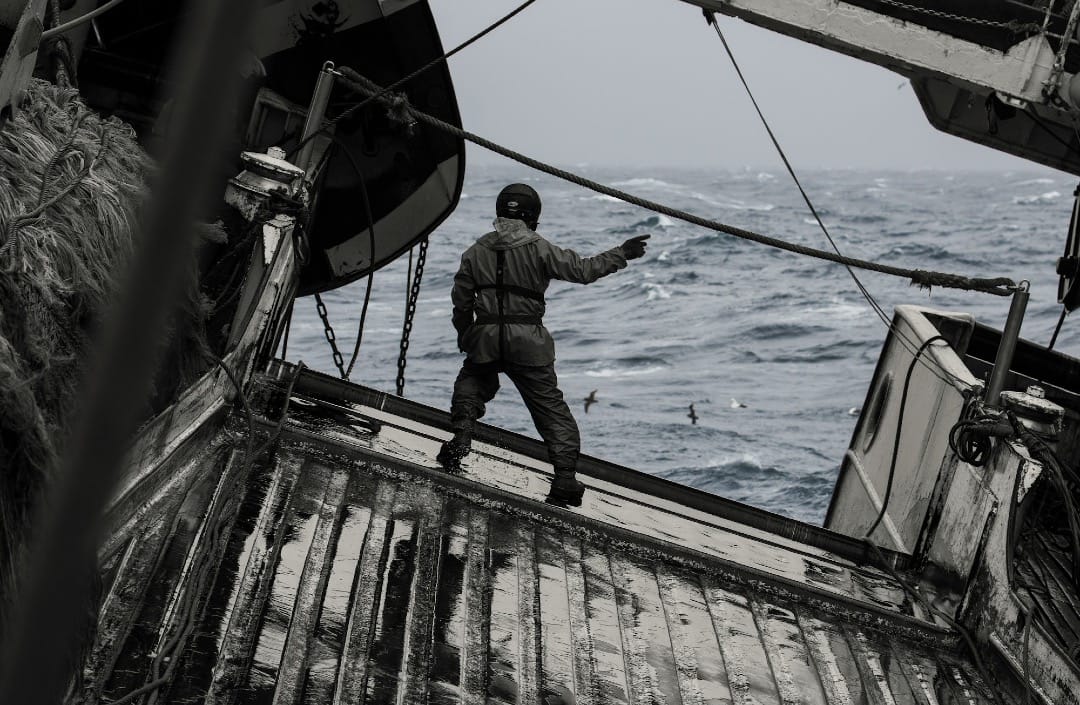
A Chinese research team published a study today aimed at helping deep sea mining stakeholders - from mining contractors to conservationists - make better decisions based on risk factors.
The study was published as an open access paper in the Journal of Marine Science and Engineering by a team from the Second Institute of Oceanography, under the Ministry of Natural Resources in China.
The researchers conducted an 80-expert questionnaire to identify 'unfavourable factors in the development of international seabed mining', then ranked their relative importance using the Analytic Hierarchy Process (AHP).
The team hopes the results will provide a 'foundation for scientific decision making in project risk management'.
What the team did
The researchers categorised the risk factors associated with deep sea mining into four groups:
- Policy and public opinion risk - which captures the influence of legislative changes and societal attitudes to deep sea mining;
- Jurisdictional disputes risk - from continental shelf claims overlapping with potential deep sea mining areas;
- High seas marine protected areas (HSMPAs) establishment risk - concerned with environmental issues and the impact of new protected areas on potential mining operations; and
- Mining area economics risk - concerned with the actual financial viability of deep sea mining.
The research team decided the risk categories based on how often they're mentioned in published discourse, and their relevance to current policies and technological advancements.
They then constructed a risk assessment index.
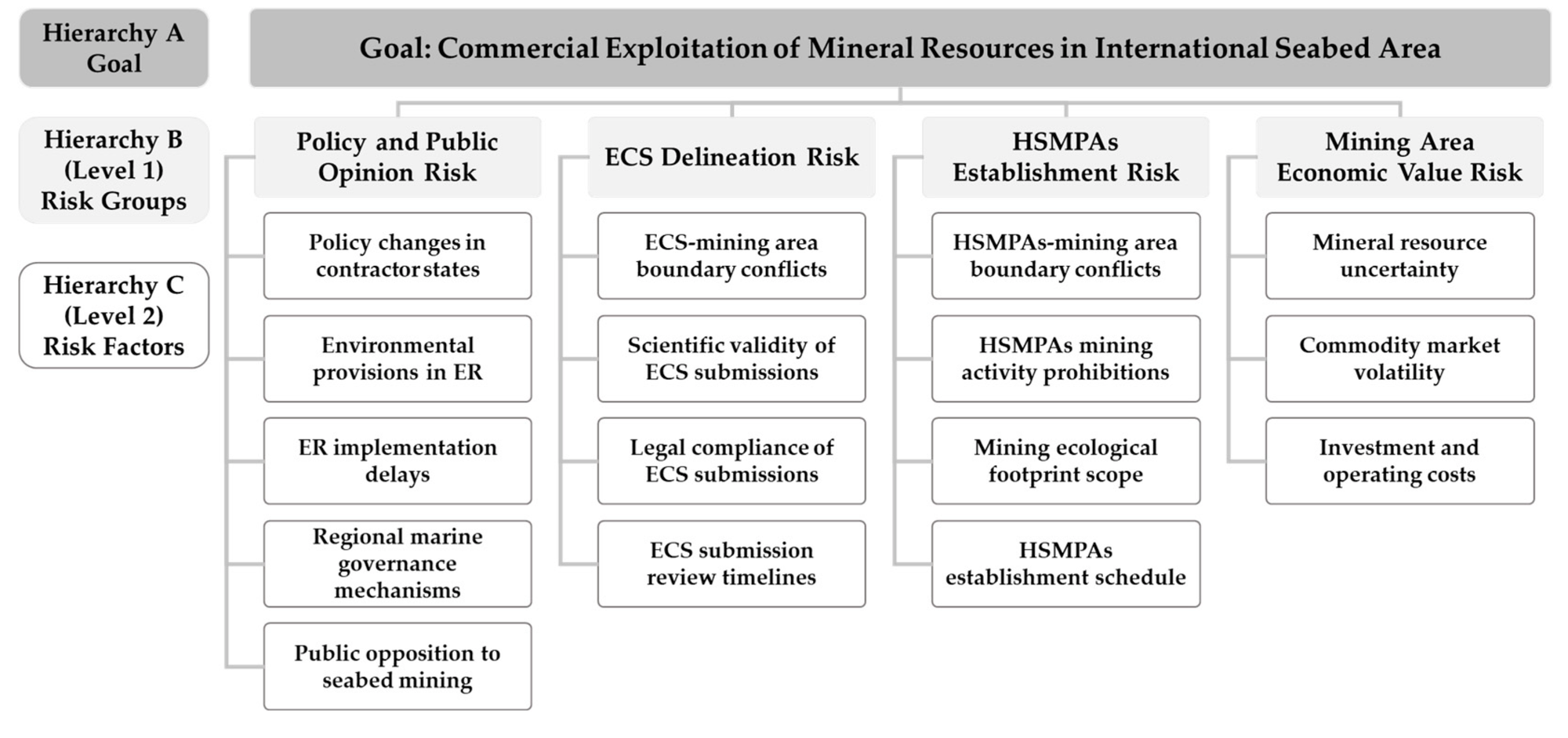
The team interviewed 80 people from 23 research institutes and enterprises at a deep sea technology conference in Hainan, China between 23-25 August 2024, which it admits is a small sample size, and therefore cautions against generalisation.
The respondents' professional profile looked like this:
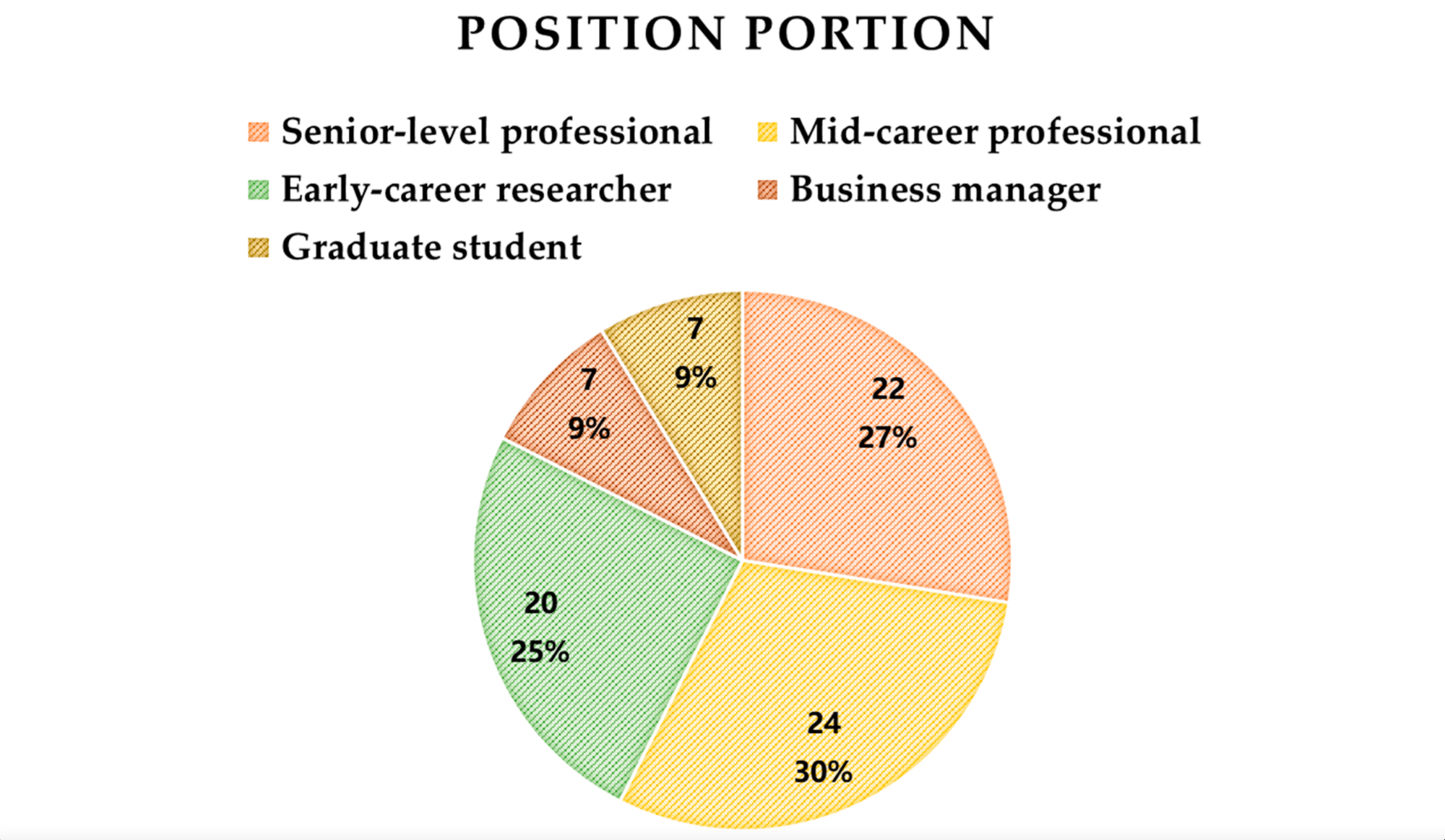
Weighting the deep sea mining concerns
Having conducted the questionnaire and identified the deep sea mining risk categories, the team then used the AHP model to weight them.

The individual risk factors under each of the four categories above were then weighted (the method for doing this can be found in the paper) to determine their overall impact on deep sea mining development.
The results can be seen in the figure below.
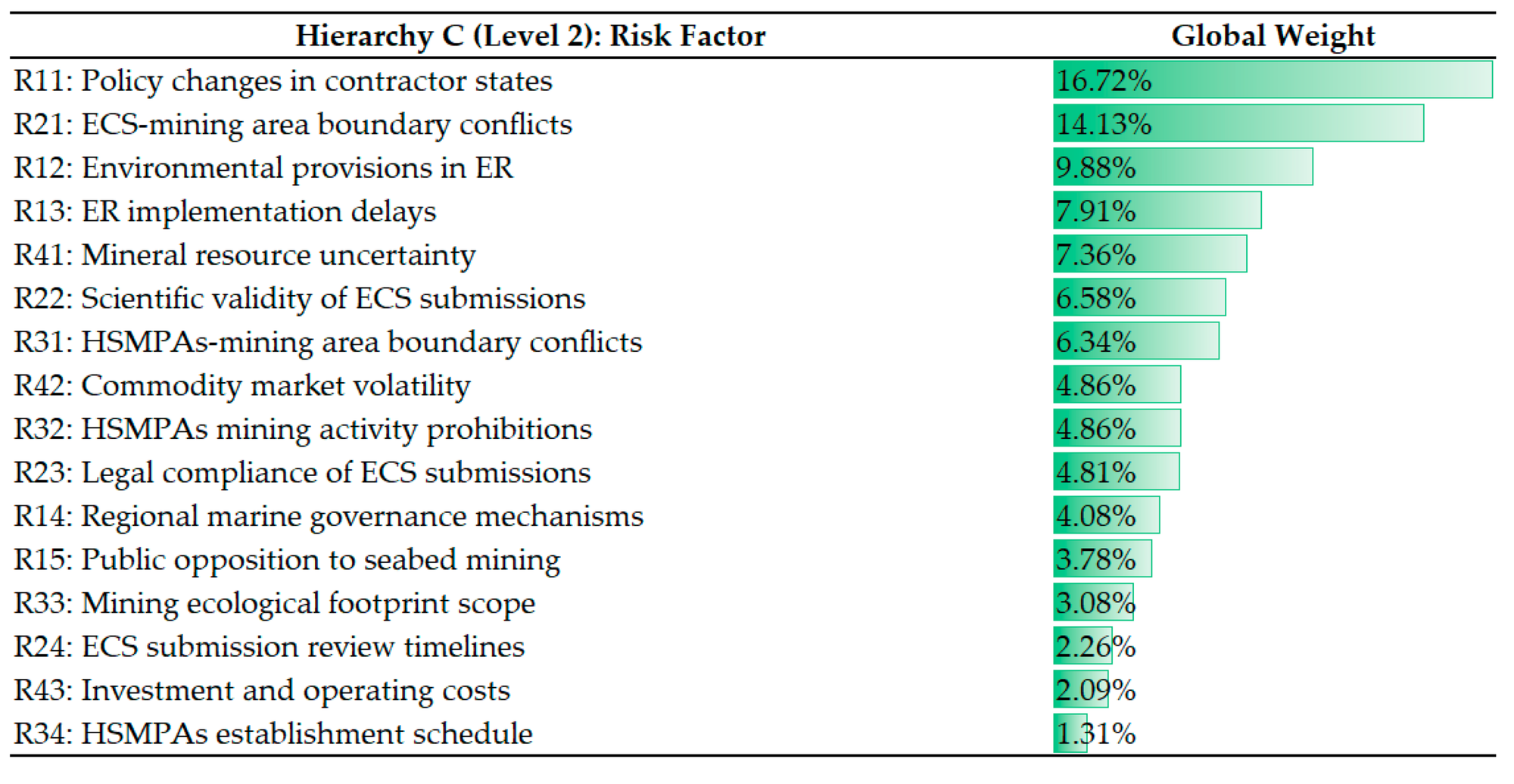
The results showed policy changes in contractor states being the most influential factor with a global weight of 16.72%, followed by mining area boundary conflicts at 14.13% and environmental provisions in the International Seabed Authority's exploitation regulations at 9.88%.
Investment and operating costs, as well as the scheduling of high seas marine protected areas were considered the least influential risk factors for deep sea mining development.
The paper went on to discuss the broad risk categories in more detail, acknowledging that its dependence on expert subjective judgments opened up the possibility of bias.
The team vowed to improve the risk index by integrating it into “GeoGPT” geoscience model and use natural language processing to gather richer information.
It also vowed to use online surveys to expand the expert sample and 'provide detailed case studies of actual seabed mining projects to offer comprehensive insights into international seabed mining risks and develop more effective risk management strategies'.
Recommendations for decision makers
As a tool for policy makers, the study recommends 'strengthening international cooperation and establishing transparent regulatory frameworks that balance stakeholders’ interests'.
Mining contractors should 'enhance risk management, communicate with stakeholders, and adopt eco-friendly technologies'.
And researchers need to 'deeply explore seabed mining’s environmental impacts and better policies, offering scientific support for the industry’s sustainable growth'.
The research was funded by the National Key Research and Development Program of China (2023YFC2808804).
Ma, X.; Wang, Y.; Yang, K.; Li, J.; Li, Y.; Zhang, D.; Wang, R.; Fang, Y. Risk Assessment of International Seabed Mining Implementing the Analytic Hierarchy Process. J. Mar. Sci. Eng. 2025, 13, 937. https://doi.org/10.3390/jmse13050937
Read: Risk Assessment of International Seabed Mining Implementing the Analytic Hierarchy Process
For editorial comments or questions: [email protected]
